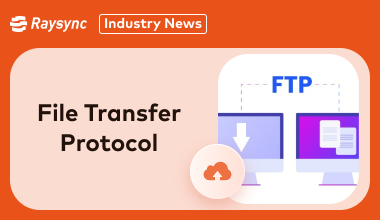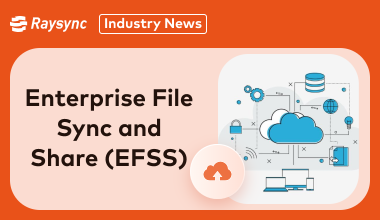Filter News

Raysync News
September 11, 2023Raysync, a leading provider of high-performance file transfer solutions, has announced a strategic partnership with Red Hat, the world-renowned open-source software and solutions provider.

Industry news
June 26, 2024Say no more as we will be discovering if all of it is possible and which options will best suit the needs for unlimited file sharing!

Industry news
June 26, 2024Confused by the File Transfer Protocol (FTP)? Get it explained here!
![[Question] What Is Managed File Transfer? Click Here to Find Out](http://images.ctfassets.net/iz0mtfla8bmk/6I4HvJ2jjJ0AXaUV3We4o2/ce09640dd77d8ee240e552f999df594b/managed-file-transfer.png)
Industry news
June 26, 2024Let's discover the importance of Managed File Transfer (MFT) in 2025, including top solutions and alternatives for secure data exchange.
![Fastest Way to Send Video Files [100GB in Just 13 Minutes]](http://images.ctfassets.net/iz0mtfla8bmk/6RicY9nlibn9oxoontRUhG/f5b6aedf8dbbbc0cde2fcc505f32cbb3/fastest-way-to-send-video-files.png)
Industry news
June 21, 2024Discover the fastest way to send video files, from 1GB to 1000 TB. Transfer 100GB in just 13 minutes!
![How to Send 4K Video to Someone [Personal/Studio]](http://images.ctfassets.net/iz0mtfla8bmk/2FTbUvTilN05irU2fHXIjy/6f7df0216ffad8cedf60d252f76e51f6/how-to-send-4k-video-to-someone.png)
Industry news
June 21, 2024Learn how to send 4K video to someone without losing quality. Tips for sending 4K videos in high quality.

Industry news
June 21, 2024Explore four simple methods to know how to send high quality videos without losing clarity.
![How to Share Heavy Video Files [3 Free/Paid Methods]](http://images.ctfassets.net/iz0mtfla8bmk/2c5mZZ7wkFTjsN5cdFV1Q8/4776233192a549a825220ccf7e6f056f/how-to-share-heavy-video-files.png)
Industry news
June 21, 2024Explore 3 easy and quick methods to learn how to send heavy video files in a quick and safe manner.

Industry news
June 14, 2024Discover the latest updates on enterprise file transfer software, including managed file transfer, FTP solutions, high-speed file transfer, and cloud-based options. Explore features, benefits, and top recommendations.

Industry news
June 14, 2024Learn all about enterprise file sync and share EFSS solutions and discover the top EFSS options, their features, pricing, and user feedback to choose the best fit for your enterprise needs.

